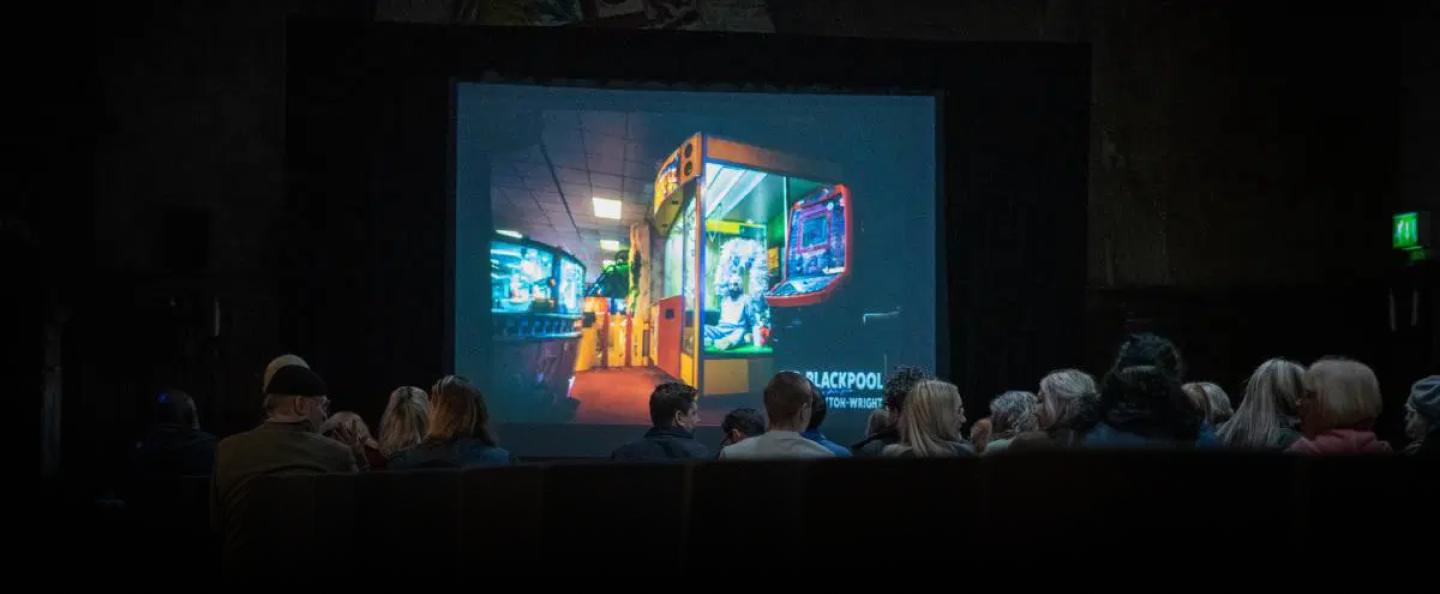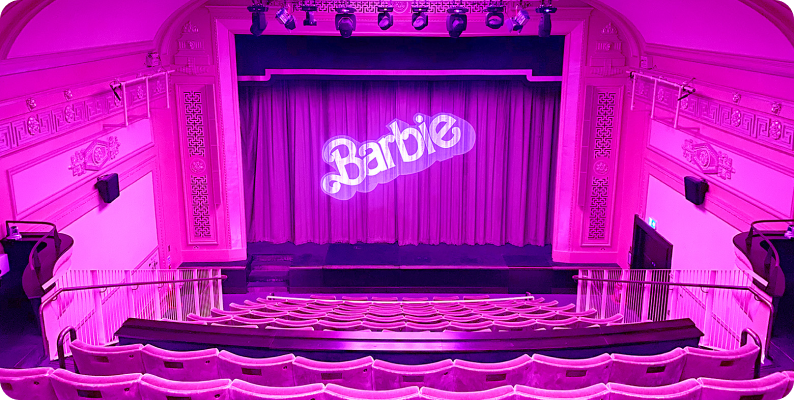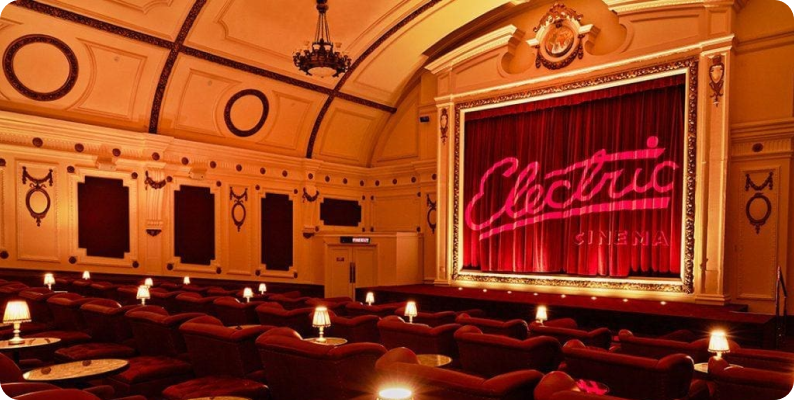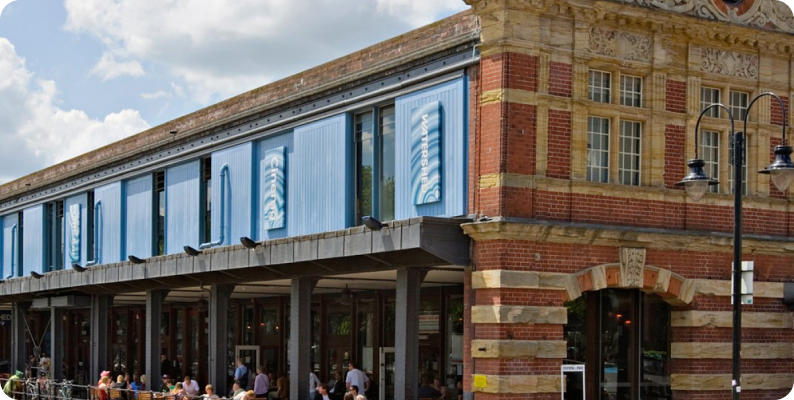
Evolving Demographics of UK Cinema Audiences
The demographic profile of UK cinema-goers has notably shifted in recent years. Traditionally dominated by families and working-class audiences, today’s cinemas now attract a more diverse audience base. This includes higher-income individuals aged 20-40, who are passionate about film and seek personalized and upscale leisure experiences, as well as an increasing number of older adults over the age of 55. This broader age spectrum is drawn to cinemas that offer diverse programming and enhanced accessibility, making them appealing venues for both cultural engagement and social interactions.
Recent data from the British Film Institute (BFI) and the UK Cinema Association confirms this demographic diversification. There’s been a significant uptick in attendance among older adults, driven by cinemas’ efforts to cater to their preferences for unique and curated experiences. Meanwhile, younger audiences are drawn to cinemas by innovative viewing experiences and films that extend beyond traditional storytelling.

Pandemic Impacts and Shifting Audience Preferences
The landscape of cinematic distribution changed dramatically during the pandemic, with films like “Mulan” and “Soul” launching on streaming platforms rather than in cinemas. However, the success of “Barbie” and “Everything Everywhere All at Once” in 2023 demonstrated that audiences crave immersive, thematic experiences that go beyond just watching a film. These films not only dominated box office returns but also inspired themed cinema events that enhanced the viewer’s experience.

Demand for Premium Experiences
As consumer tastes evolve, major UK cinema chains like Odeon, Cineworld, and Vue have been slow to adapt, whereas independent cinemas have thrived by offering upscale amenities like luxury seating and gourmet food options. The industry-wide strategy to combat dwindling attendance with reduced ticket prices has often backfired, suggesting that consumers prioritize quality and uniqueness in their cinema experiences over lower costs.

The Indie Film Renaissance and Localized Content
Digital technology advancements have reduced film production costs, leading to a surge in indie films. Festivals such as the Edinburgh International Film Festival have highlighted local and indie talents, yet cinemas have been slow to adapt to this trend. Films like “The Favourite” and “Moonlight,” driven by social media campaigns and critical acclaim, have shown that there’s a significant appetite for indie films that challenge traditional narratives and resonate on a more personal level.

Synergy with Streaming Services
Rather than competing with streaming services, cinemas can benefit from a symbiotic relationship. Films that debuted on streaming services, such as “Roma” and “The Irishman,” have enjoyed theatrical releases driven by their popularity on these platforms, proving that streaming can enhance rather than diminish cinema experiences. This synergy is exemplified by independent cinemas like Watershed in Bristol, which focus on indie films, cult classics, and festival hits to create a tailored and community-focused cinema experience.

Conclusion: Towards a Community-Centric Cinema Experience
As UK cinema demographics and preferences continue to evolve, the industry must transition from traditional film showing to becoming cultural hubs that cater to specific community tastes. By incorporating diverse film offerings and enhancing the overall experience, cinemas can transform into vibrant social spaces that meet the sophisticated demands of today’s audiences, ensuring they remain a crucial part of the cultural landscape.
